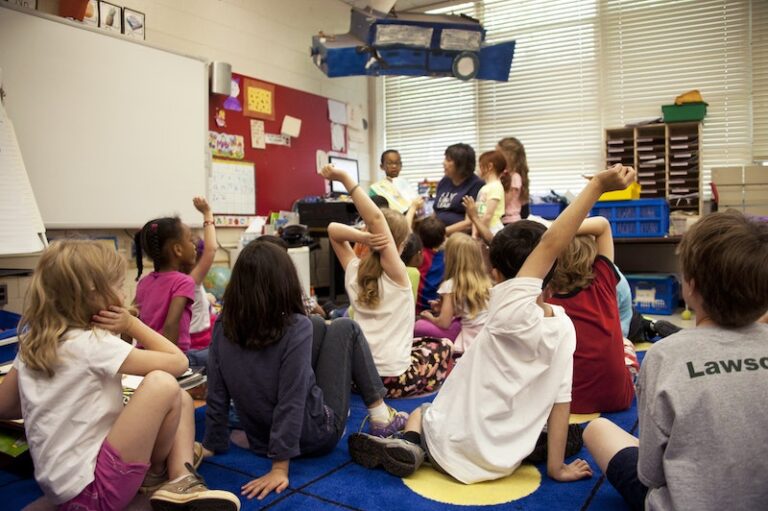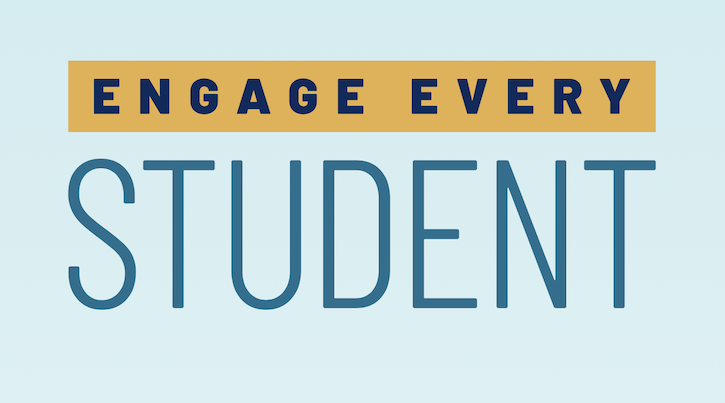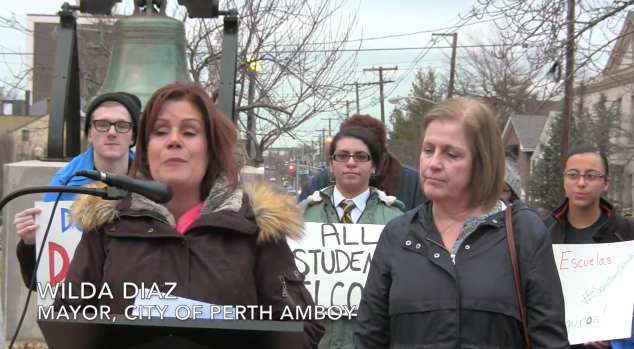45 states have now adopted these new standards — but will they really improve learning in our schools?
By Marion Brady
E.D. Hirsch, Jr.’s book, “Cultural Literacy: What Every American Needs to Know,” was published March 1, 1987.
So it was probably in March of that year when, sitting at a dining room table in an apartment on Manhattan’s Upper East Side, my host — a publishing executive, friend, and fellow West Virginian — said he’d just bought the book. He hadn’t read it yet, but wondered how Hirsch’s list of 5,000 things he thought every American should know differed from a list we Appalachians might write.
I don’t remember what I said, but it was probably some version of what I’ve long taken for granted: Most people think that whatever they and the people they like happen to know, everybody else should be required to know.
In education, of course, what it’s assumed that everybody should be required to know is called “the core.” Responsibility for teaching the core is divvied up between teachers of math, science, language arts, and social studies.
More>>




